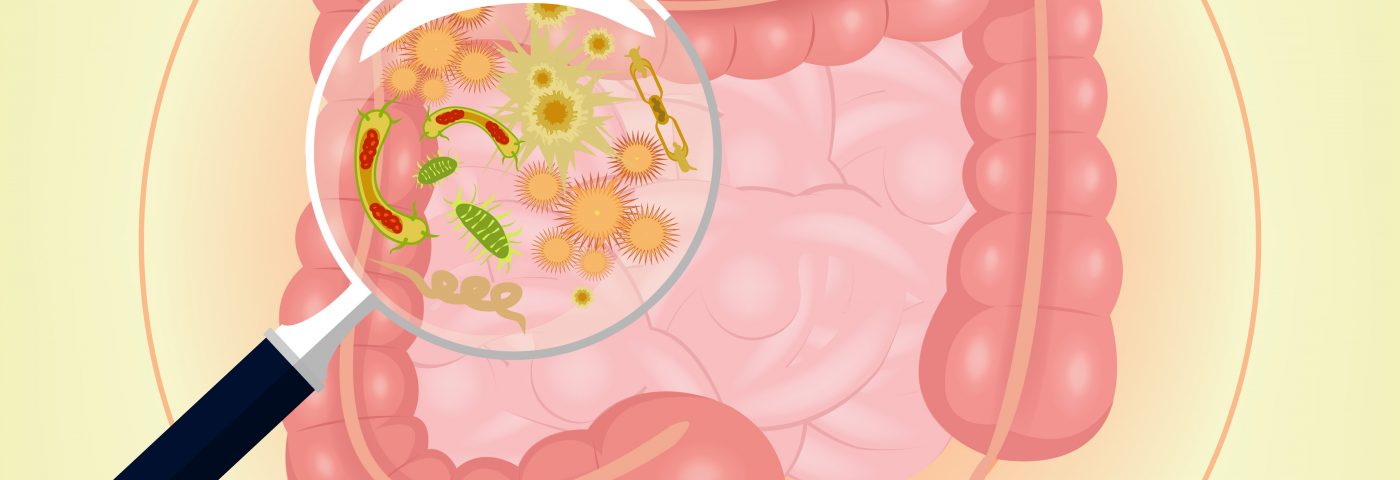For the first time, researchers have identified a fungus to be a key factor in the development of Crohn’s disease (CD) in humans. The fungus also was found working together with two kinds of bacteria to produce a “biofilm” in the intestines, leading to inflammation and the symptoms associated with CD.
The study “Bacteriome and Mycobiome Interactions Underscore Microbial Dysbiosis in Familial Crohn’s Disease”, was published in mBio.
“We already know that bacteria, in addition to genetic and dietary factors, play a major role in causing Crohn’s disease,” Mahmoud A Ghannoum, PhD, professor and the study’s senior author, said in a news release. “Essentially, patients with Crohn’s have abnormal immune responses to these bacteria, which inhabit the intestines of all people,” he said.
While most researchers have focused their investigations on these bacteria, few have examined the role of fungus, which exists throughout the body of all humans. Researchers recently identified there are between 9 and 23 fungal species just in our mouths.
Ghannoum and his team investigated the presence of fungus in the intestines of CD patients, and also its interaction with bacteria. They analyzed fecal samples of 20 CD patients and 28 of their healthy relatives. As a comparator group, 21 healthy persons from families with no history of CD were used and all participants were living in northern France-Belgium.
Researchers found the presence of one fungus (Candida tropicalis) to be higher in the CD patients compared to their healthy relatives. This is the first time any fungus has been linked to CD in humans, although it has been found in mice with the disease.
Also, two bacteria (Escherichia coli and Serratia marcescens) were present in the patients to a higher degree. The team found that the fungus and bacteria worked together to produce a biofilm – a thin, slimy layer of microorganisms – adhering to the intestines, which can prompt inflammation leading to the symptoms of CD.
“Among hundreds of bacterial and fungal species inhabiting the intestines, it is telling that the three we identified were so highly correlated in Crohn’s patients,” Ghannoum said. “Furthermore, we found strong similarities in what may be called the ‘gut profiles’ of the Crohn’s-affected families, which were strikingly different from the Crohn’s-free families,” he added.
Crohn’s is caused by inflammation in the intestines; symptoms include severe abdominal pain, diarrhea, weight loss and fatigue. There is no cure for CD and the treatment usually involves medication to dampen inflammation and symptoms or, in certain cases, surgery. The results of research like this could lead to potential new treatments and ultimately, cures for this debilitating inflammatory bowel disease.

